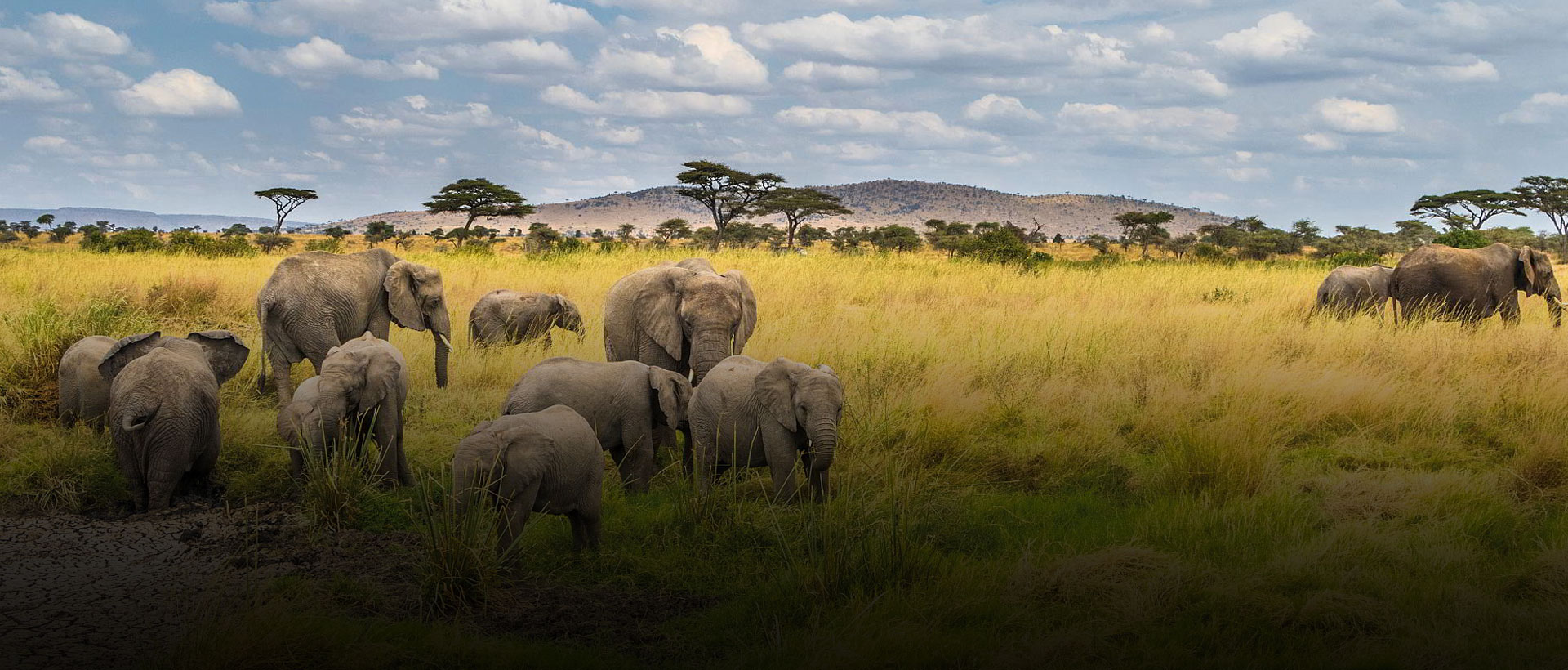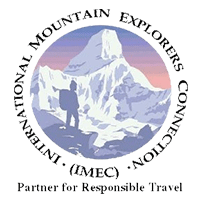
Tanzania Safari Facts
Tanzania Safari Facts
Tanzania is the largest country in East Africa with a land area of 365,000 square miles - comprising both the mainland and the Zanzibar Archipelago.
History of Tanzania – Tanzania Country Facts
Tanganyika became independent from the British protectorate on 9th December 1961. In 1964 the President Julius Nyerere signed the union of Tanganyika with Zanzibar in the new United Republic of Tanzania. The government followed the model of African socialism until 1985. The first multiparty elections were held in 1995. Tanzania has always enjoyed peace and stability, though the economic growth has been stagnant. Tourism has become a significant industry for the country.
Climate – Tanzania Country Facts
There are some regional climatic differences in the country. Generally, there are two rainy seasons, the “long rains” from March to June and the “short rains” from October to December. The warmest period is between December and March.
Peoples Of Tanzania
Tanzania is an ethnically diverse nation with more than 120 ethnic groups. The Masaai are the most well-known of Tanzania's tribes and inhabit the northern regions of the country. The Tanzanian coast is home to the Swahili people, a vibrant mix of Arab, Indian and Bantu origins who historically based their livelihoods around Indian Ocean trade.
Languages Spoken In Tanzania
With around 129 different ethnic groups, the Republic of Tanzania has evolved the greatest linguistic diversity in the whole of the African continent with four major African language bases, ranging from Bantu, Cushitic and the Nilotic languages to the less comprehensively spoken Khoisan. One of the founding directives of independent Tanzania was that no ethnic group should dominate, and this was made easier by the fact that none of the 129 tribes and sub-tribes exceeds much more than 10% of the country’s overall population. A governmental drive continues to reduce tribal differentiation by promoting Swahili.
Money Tips In Tanzania
Tanzania’s currency is the Tanzanian Shilling. Important to know about money matters in Tanzania is don’t bring travellers cheques with you, as they are not accepted anymore.
If you are carrying US dollars with you, then you’ll be in luck as Tanzania loves this currency. Dollars are widely accepted, sometimes even preferred over local currency. Euros are accepted but not as much as dollars.
Paying with dollars is possible in all quality establishments, from hotels to safari lodges including safari agencies. As you will notice when doing research for Tanzania holidays, most of businesses quote prices in US dollars.
For local shopping and smaller expenses, it’s best to carry shillings.
Prices in dollars are oftentimes quoted higher than in Tanzanian Shillings, therefore is good to exchange the dollars to TSH.
Safari operators and hotels accept credit cards, but expect to pay additional surcharge with each payment, between 5-15 percent. it’s advisable to always ask if additional charges will be billed when paying with a credit card.
If you plan to visit outlying areas in Tanzania, withdraw money in the city and have some extra amount of cash on the side.
New Species In Tanzania
A new species of monkey, possibily a new genus, was discovered by scientists in Tanzania during 2005. Rungwecebus kipunji is a social species and is said to be a close relative of the baboon. To date, three groups have been found in the Ndundulu Forest Reserve and 16 groups have been found in the Rungwe-Livingstone forest.
The Coconut Crab (Birgus latro) which inhabits the waters off Zanzibar's Chumbe Island is the largest crab in the world. The characteristic feature of the coconut crab is the strong pincers and this is what enables it to crack coconuts as well. The coconut crab climbs trees to eat coconuts or fruit, to escape the heat or to escape predators.
Top 5 Destinations In Tanzania
MOUNT KILIMANJARO IS THE TALLEST MOUNTAIN IN AFRICA
Mount Kilimanjaro is the tallest in Africa and the highest freestanding mountain in the world. Almost every kind of ecological system is found including cultivated land, rain forest, heath, moorland, alpine desert and an arctic summit.
TANZANIA IS HOME TO NGORONGORO CRATER
Ngorongoro Crater is the world’s largest volcanic depression. The crater has an area of 264 kilometres. It is estimated to have formed about 2.5 million years ago. Crater is one of the best safari destinations in the world with its amazing wildlife.
THE GREAT MIGRATION
Over two million wildebeest, zebras and gazelles move through the Serengeti and Masai Mara ecosystems in search of green pasture. The Great Migration in Tanzania can be seen year round as the animals migrate in a circular pattern around the Serengeti National Park.
HOME TO BAOBAB TREE- ONE OF NATURE'S OLDEST AND ODDEST TREES
Tarangire National Park in Tanzania is a very good place to see these huge trees in their natural environment. These trees can grow to be 1000 years old.
ZANZIBAR IS HOME TO THE BEST BEACHES IN THE WORLD
Zanzibar is consist of several islands. Ugunja is the largest one and is erroneously called Zanzibar. Home to the almost extinct Zanzibar Red Columbus Monkey, the Zanzibar Serva line Genet, and the Zanzibar Leopard.






